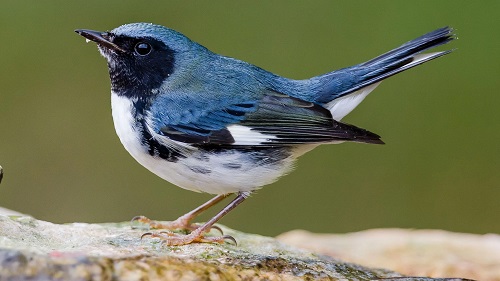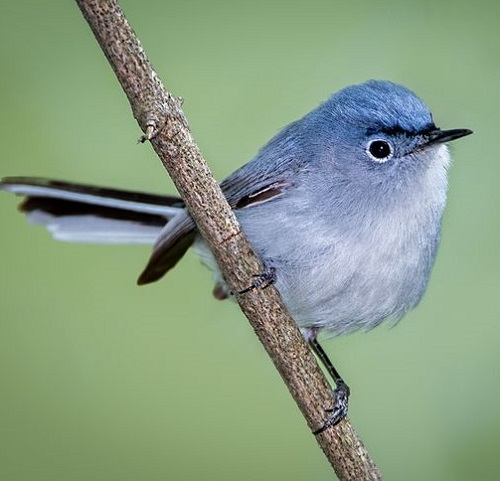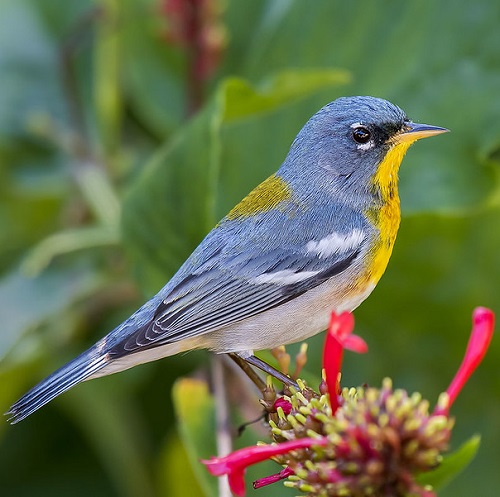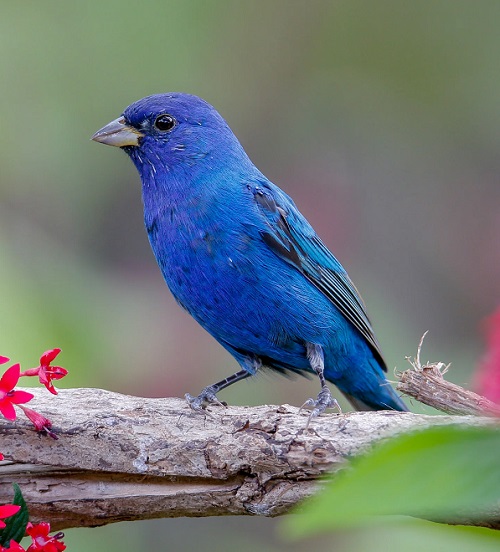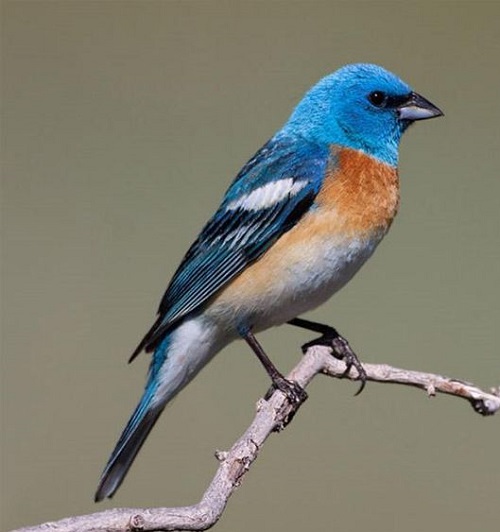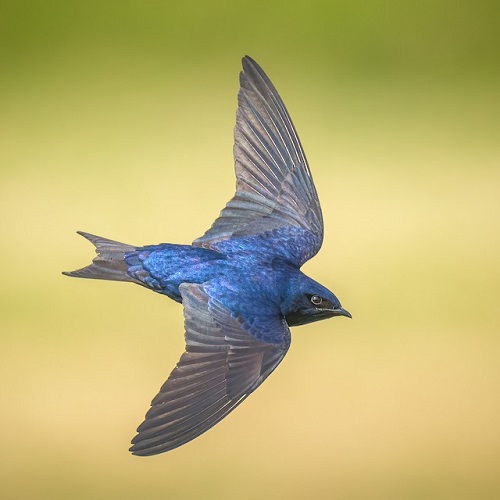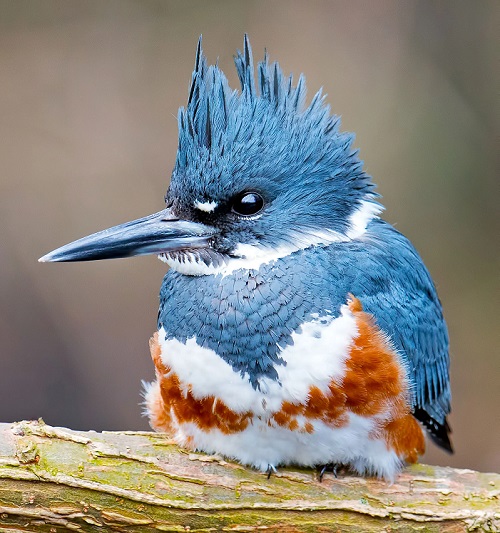Check out this exclusive list of Blue Birds in Michigan and learn everything you need to know about these winged wonders!
Whether you’re a newbie birdwatcher or a pro ornithologist, these Michigan blue birds are perfect take your birdwatching experience to a new level.
Blue Birds in Michigan
1. Black-throated Blue Warbler
Scientific Name – Setophaga caerulescens
This small songbird has a striking black throat and blue plumage. It prefers to breed in mixed coniferous-deciduous forests and migrates to tropical regions in winter.
2. Steller’s Jay
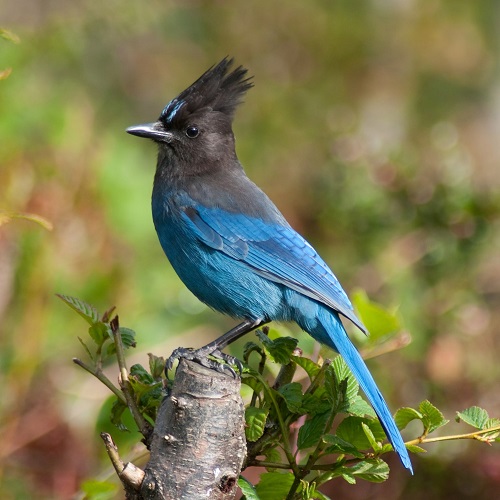
Scientific Name – Cyanocitta stelleri
Steller’s jay is popular among birdwatchers for its vibrant blue plumage and unique black crested head. This avian wonder is common in woodlands, campsites, orchards, and gardens.
3. Barn Swallow
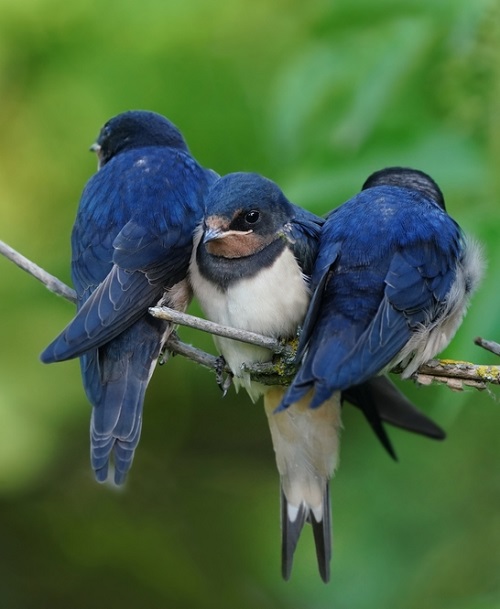
Scientific Name – Hirundo rustica
This beautiful creature displays a deep blue upper plumage with a forked tail. Barn swallows love to consume flies, crickets, beetles, moths, and other flying insects.
4. Tree Swallow
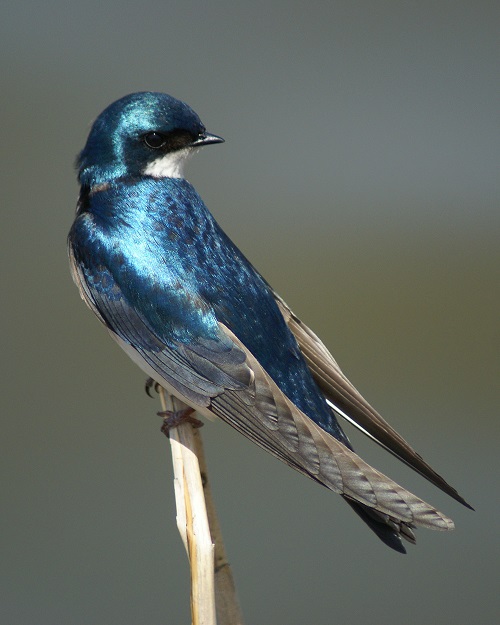
Scientific Name – Tachycineta bicolor
Tree swallow features iridescent greenish-blue upperparts with a white chest and black beak. This cavity nester is a frequent sight in open areas near water, such as meadows and wooded swamps.
5. Common Grackle
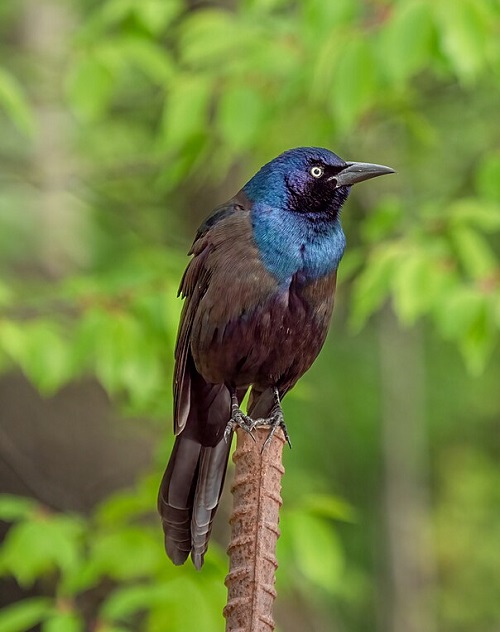
Scientific Name – Quiscalus quiscula
This Michigan native, medium-sized blackbird displays glossy purplish-blue or bluish-green plumage. Common grackle forage in flocks by using their bill instead of feet.
6. Mountain Bluebird
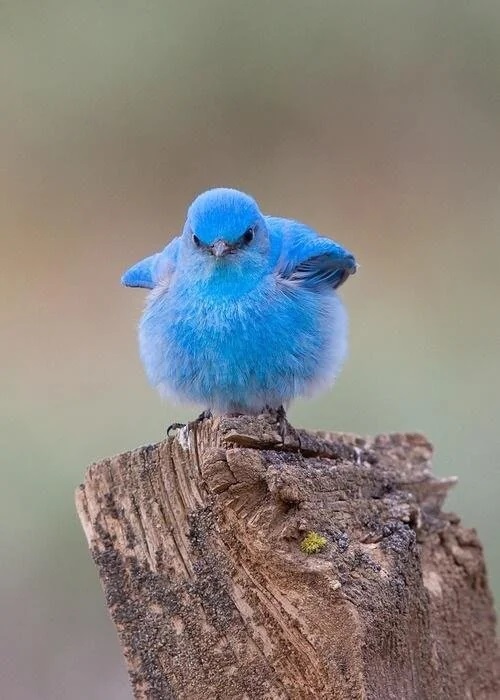
Scientific Name – Sialia currucoides
A migratory small thrush with bright sky-blue plumage and black eyes. This avian wonder is often seen perched on fences or wires in the native habitat.
7. Western Bluebird
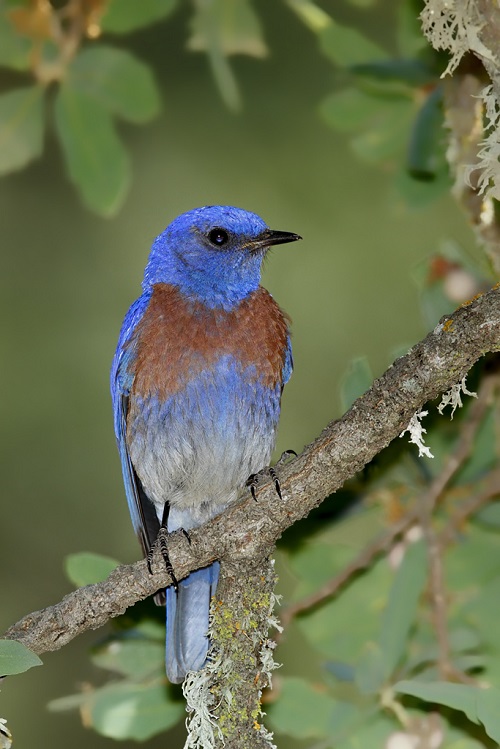
Scientific Name – Sialia mexicana
Western bluebirds attract eyeballs with their deep blue feathers on top and a rusty chest. This flying creature loves to devour worms, berries, and insects.
8. Common Kingfisher
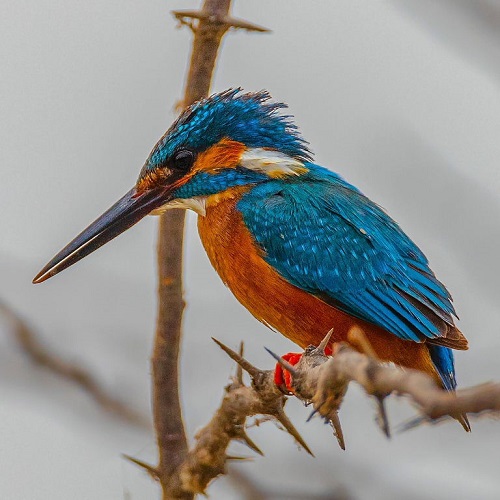
Scientific Name – Alcedo atthis
The common kingfisher is adored by birdwatchers for its iridescent blue upper plumage, orange chest, and long beak. This bird fights by holding the opponent’s beak inside the water.
9. Eastern Bluebird
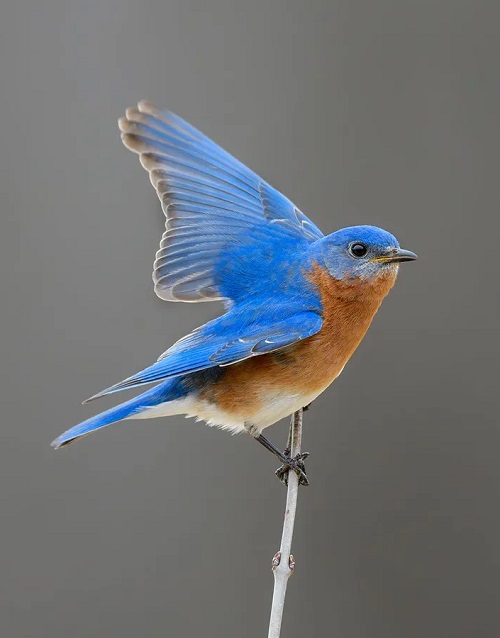
Scientific Name – Sialia sialis
Eastern bluebird is a migratory thrush with a vibrant blue back and rusty red throat. It communicates in flocks through songs for mating and various other purposes.
10. Blue Jay
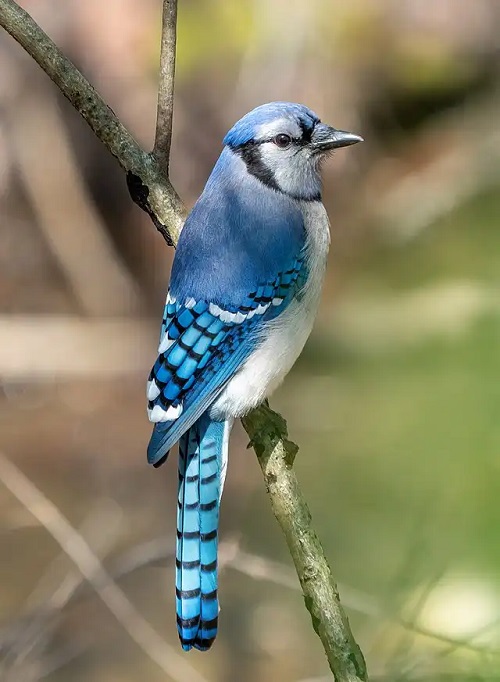
Scientific Name – Cyanocitta cristata
Blue jay is an aggressive Michigan native bird with blue plumage and black legs. In the winter season, this avian has a unique behavior of hiding food in nests.
11. Blue Gray Gnatcatcher
Scientific Name – Polioptila caerulea
Polioptila caerulea is a bluish-gray bird that lays up to 5-10 eggs in the breeding season. Both male and female gnat-catchers incubate and take care of their hatchlings.
12. Blue Grosbeak
Scientific Name – Passerina caerulea
These 15 to 16 cm long buntings are popular for their dark purplish-blue plumage and two brown wing bars. The female blue grosbeak constructs cup nests about 3 to 10 feet above the ground.
13. Northern Parula
Scientific Name – Setophaga americana
Northern Parula boasts a striking blue-gray top, white eye ring, yellow upper chest, and white wing bars. This buzzing creature is frequently seen in wet woodlands, swamps, river margins, and pond shores.
14. Indigo Bunting
Scientific Name – Passerina cyanea
Male indigo bunting stands out with deep blue plumage during the breeding season. This bird is only 11.5 cm to 13 cm long with short conical beaks.
15. Lazuli Bunting
Scientific Name – Passerina amoena
Native to Michigan, lazuli buntings are admired by ornithologists for their lovely blue, white, and orange-yellow plumage. This bird species is frugivorous, granivorous, and insectivorous.
16. Cerulean Warbler
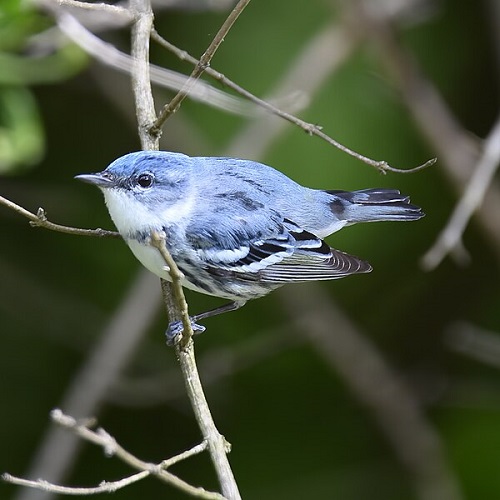
Scientific Name – Setophaga cerulea
Belongs to the Parulidae family, cerulean warbler is a short-tailed songbird with blue and white feathers. This insectivorous bird’s diet consists of larvae and winged insects.
17. Red-breasted Nuthatch
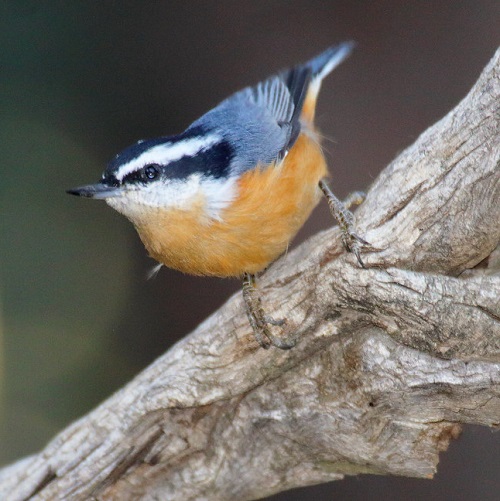
Scientific Name – Sitta canadensis
Adorned with a bluish-gray top and rusty-hued underparts, this nuthatch is a sight to behold. It’s known for the distinctive yank-yank call.
18. Purple Martin
Scientific Name – Progne subis
Purple martins are the biggest North American swallows with a life span of 13 years and nine months. This bird species is habitual of nesting in man-made birdhouses.
19. Belted Kingfisher
Scientific Name – Megaceryle alcyon
This avian wonder features a large head, fuzzy crest, tapered bills, and slate-blue feathers. Belted kingfisher likes to live along the banks of lakes and rivers.
20. Rock Pigeon
Scientific Name – Columba livia
Rock pigeon showcases dark bluish-gray plumage and reddish-purple iridescence along its neck. It thrives in urban environments and feeds on a variety of foods.

